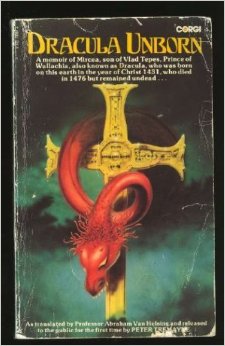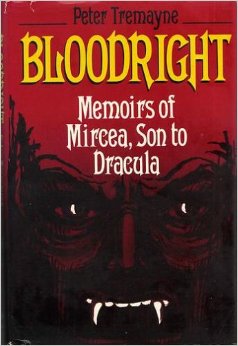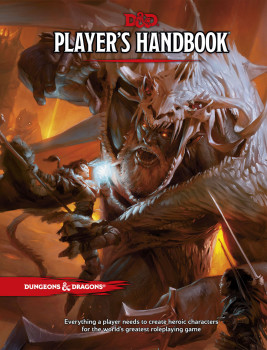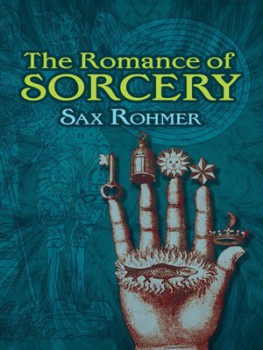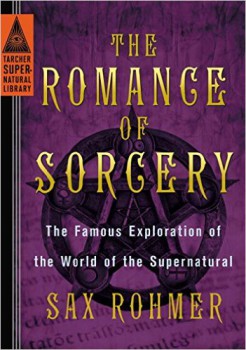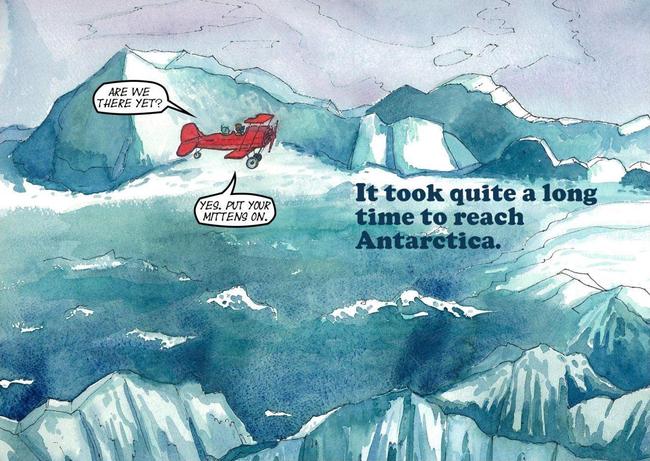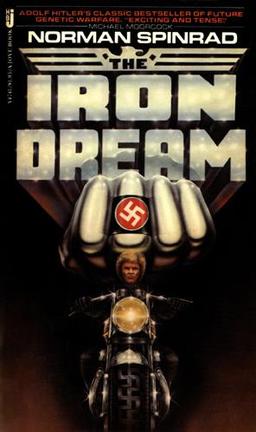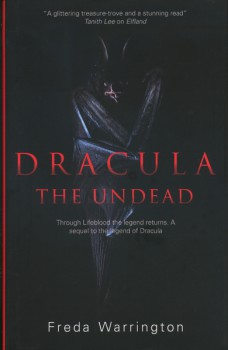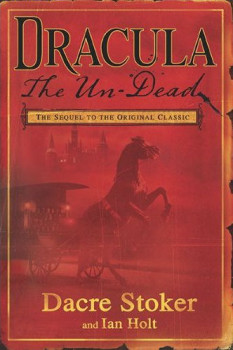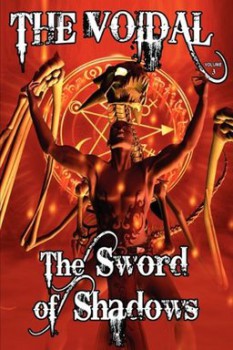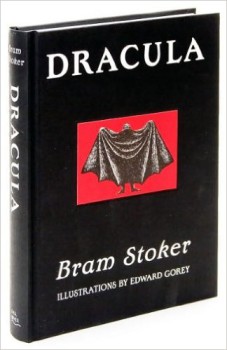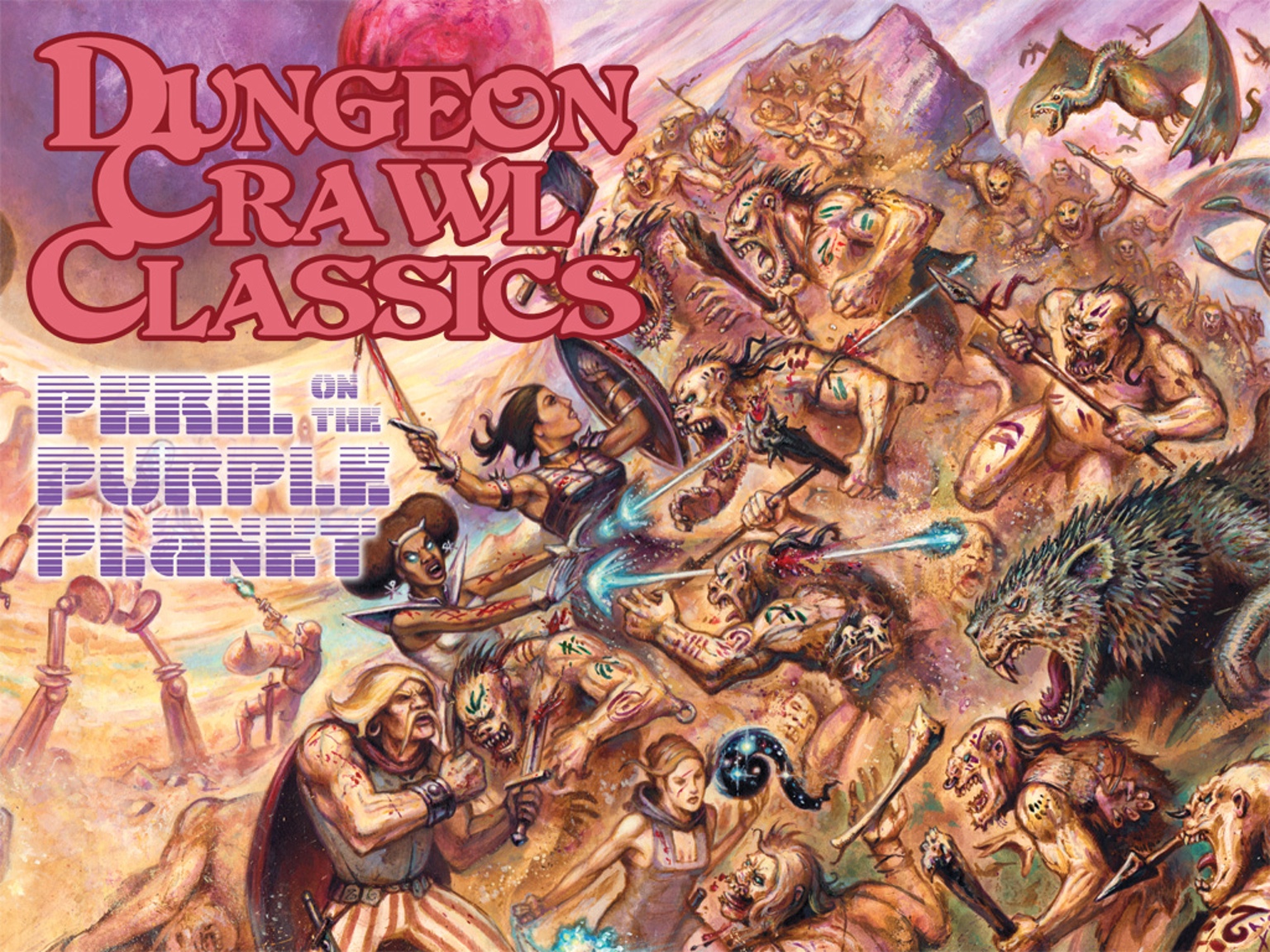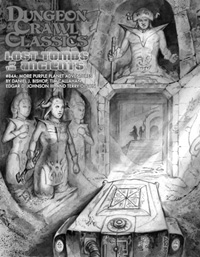Seriously Wicked: Not Just a Halloween Book
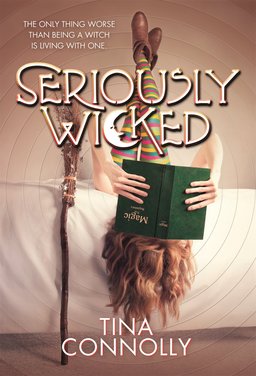 Seriously Wicked
Seriously Wicked
By Tina Connolly
Tor Teen (208 pages, $17.99 in hardcover, $9.99 digital, May 5, 2015)
Camilla Hendricks is a teenager who lives with her Aunt Sarmine. On the surface, Camilla appears to have an average life: she does chores, attends school, hangs out with her friends, and avoids her enemies. The reality, however, is anything but mundane: Aunt Sarmine is a witch. Camilla spends her days gathering spell ingredients, trying to decipher arcane spells written by paranoid witches, and mucking the dragon’s lair.
Camilla is a bit of a rebel, though; she’s vowed to be as normal as she can be and have a normal life with normal friends. Most importantly, she never, ever wants to be an evil witch like Sarmine. Unfortunately, that plan is thwarted when Sarmine summons a demon which then gets accidently implanted in Devon, the “boy-band-cute” new guy at school. Camilla has to help demonized-Devon find a phoenix that is timed to explode in the middle of their high school’s Halloween Dance. In order to do so, she has to embrace everything she’s tried hard to deny.
This book is a fun, easy read. While it ends up almost exactly where I thought it would (good guys win, bad guys lose, Camilla comes to terms with being a witch, Sarmine shows she has a heart and maybe isn’t actually evil at all), Connolly manages to incorporate a few fun twists along the way.
